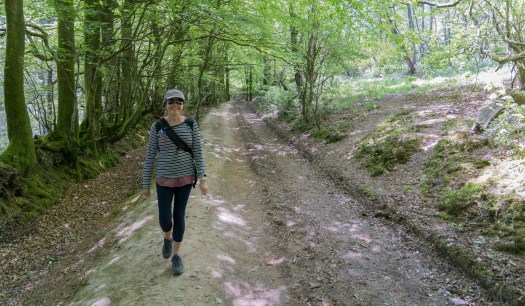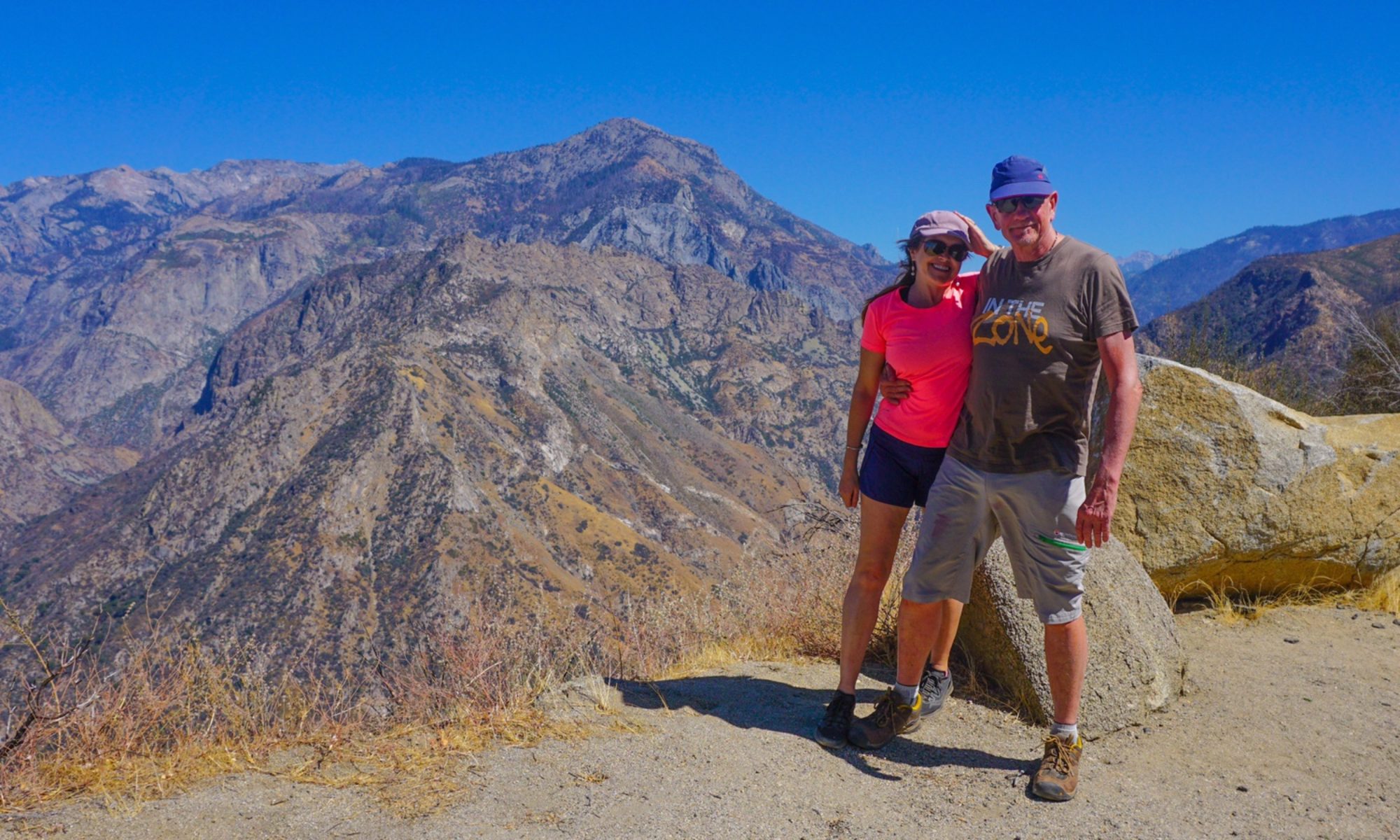Author: Mrs A
Location: West Bagborough, Quantock Hills , Taunton and Walchet, Somerset, UK
With the government now encouraging people to drive as far as they like to enjoy outdoor activities, the Quantock Hills are starting to get busier, especially at the weekends. And by busier, I mean we actually see other people when we are out walking, but they are still quite a way away and easy to avoid!
It’s amazing still to us that we continue to discover new to us paths that wind through new areas, the scenery constantly changing as the leaves on the trees mature and new blooms burst through the undergrowth.
Saturday’s stroll through the hills took us up the usual 20 minute straight up walk to the top of the hills, and looped back around, taking us past the usual two tantalising yet closed pubs (Strava link). Still no glimmers of hope on the pub front for the UK unfortunately, all remaining firmly closed for now, despite calls for pub gardens to be opened up.






The above plantain plant is apparently listed as vulnerable – I remember seeing many in my childhood, but less so these days. I’ve learnt this plant is an antihistamine, antifungal, antioxidant, analgesic and a mild antibiotic! It is the best treatment for nettle stings, unlike dock leaves which are apparently a placebo…worth knowing for our next walk. As the trousers come off and shorts are worn, nettle stings are becoming all the more likely. Apparently the leaves from the plantain can make tea that works as cough medicine too. What a handy plant!
Tuesday: Mark had done a bit of reading about a cycleway which runs alongside the Taunton Canal, so worked out a 48km circuit through the hills, down to the canal, and back again via Taunton.

It was a great afternoon out, helped of course by the glorious weather again. The sunshine just keeps on coming – with the odd overnight rain shower just to make sure the landscape remains green.





You might be able to spot one of the many World War II pillboxes that line this canal ahead of Mr A in the photo above. Many of them sit abandoned, but some have now found new uses as bat roosts. There are many signs of WWII as we cycle along, including demolition chambers (now filled in) underneath bridges.

It was a fabulous ride, and gave us a good workout (yes, in spite of having batteries on our bikes!).
Wednesday afternoon we thought we would just do a short walk to get some fresh air…it turned out to be 11km (7 miles)! The ever changing scenery is addictive – we know we won’t be here forever, so just want to enjoy it while we can.




Thursday we decided to jump in Truffy and see somewhere new. We drove a short way north-west to the town of Watchet on the coast.

Watchet is a sweet little coastal town with a friendly and authentic feel. Its history goes back to the Iron Age, with a port then being settled by the Saxons. It was attacked by Vikings in the 10th century, and there are many tales of smugglers and battles to be read about. It’s a town of great traditions, with a lantern festival held each September. A group known as the ‘True Men of Watchet’ has met at the local pub on an annual basis since being founded in 1643, apparently representing the town court and responsible for law and order in the area…positions have names such as Ale Taster (Mr A wouldn’t mind this job) and Portreeve (like a ‘mayor of the people’). Fascinating! We couldn’t help but wonder how one might get membership to such a group, and what pomp and ceremony would accompany their meetings…
And again, everywhere we go seems to have a link back to Hastings. Apparently in 1067 after King Harold was slain, Harold’s mother Eleanor fled to Watchet, where she caught a boat out to Flat Holm Island in the Bristol Channel. After a few months there she caught a boat over to France and settled in Saint Omer.

The tides go out a long way here, with a range of 6 metres.

When there isn’t a pandemic, Watchet holds a weekly market down by the harbour, and an annual music festival.
The Pebbles Tavern looked like an interesting establishment – apparently dedicated to selling microbrewery ciders and ales, it has several awards and regular live music nights. We looked on wondering what it might be like…of course it is closed just now.





We spotted a signpost directing us to Fossil Beach, and took ourselves off for an explore. Despite the sunshine, there was a fresh breeze blowing, so we hoped to find somewhere sheltered to eat our lunch.



Fossil Beach was nice and sheltered from the wind, and full of interesting scenery. Much of the beach here is mudstone, ie fossilised river bed. Apparently the rocks found in the craters on Mars are most similar to those found here at Watchet, suggesting that there was water on the planet at some point.





It doesn’t take long to find fossils on the beach, and even an old piece of wall that has been smoothed and shaped over many years in the water. We left everything there for future visitors to enjoy.

Our halfway point of our walk was the train station at Doniford Halt, surrounded by fields and no town. No trains are running here due to the lockdown, and a couple of volunteers weeding told us the plan is not to open up the trains until next year.


We had a lovely afternoon out exploring, and are certain to come back and have another look along this interesting coastline.
After such an active week, the past two days we have given ourselves a break to recharge the batteries.
